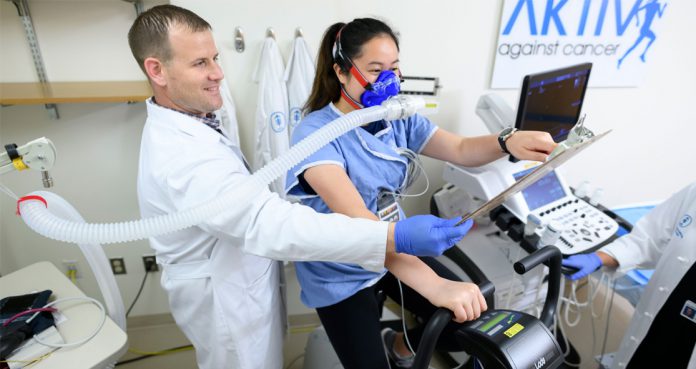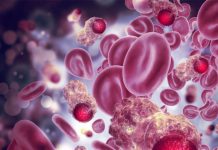Researchers from NASA and Memorial Sloan Kettering Cancer Center (MSKCC) have found that the challenges faced by astronauts are quite similar to physical stress faced by cancer patients due to chemotherapy and other treatments.
Keeping that finding in mind, the researchers suggest that exercise program used by astronauts in spaceflight could be helpful in cancer patients while recovering from their treatment.
The study, supported by the National Cancer Institute, was published Thursday in the journal Cell.
Senior study author Jessica Scott from MSKCC said, “It was surprising when we looked at similarities between astronauts during spaceflight and cancer patients during treatment. Both have a decrease in muscle mass, and they have bone demineralization and changes in heart function.”
“Astronauts may get something called space fog, where they have trouble focusing or get a little forgetful. That’s very similar to what some cancer patients experience, which is called chemo brain,” she added.
The researchers looked at the countermeasures program followed by NASA to see how it could be applied to patients with cancer.
In 2001, NASA created some exercise programs for astronauts before, during and after spaceflight. Astronauts undergo such exercise program months before their launch. And when they return, they are monitored, as they exercise to make sure they regain their fitness level.
NSA developed countermeasures in order to mitigate certain health risks that come while astronauts are in spaceflight.
Doctors were trying to find new cancer treatments while NASA was researching how to keep astronauts safe and healthy and safe in the 1960s. At that time, only 50 percent of cancer patients survived for five years after diagnosis. Doctors were busy managing tumors, reducing their size, and stopping their spread.
Today, more than 90 percent of patients survive early-stage cancers, but “there are no current investigations into countermeasures to help the stresses and toxicity their bodies face during treatment,” according to the researchers.
Scott said, “Many patients aren’t dying from their cancer, but they’re now at risk of dying from these (treatments) side effects. Using NASA’s exercise plan could help with this.”
The study authors said that even walking on a treadmill could help cancer patients. Exercise could help develop a baseline level and reduce the risk of developing cardiac problems that may occur due to the side effects of the treatments.
The authors wrote, “A tremendous opportunity exists to leverage 60 years of space medicine to establish a program of research that optimizes preparation for, tolerability of, and recovery from a cancer diagnosis and treatment/” “We really need to do a lot more research and a lot more work,” explained Scott. “But it’s very promising that this NASA exercise framework could be applied to help the approximately 1 million individuals that will be diagnosed with cancer in the United States this year, as well as the over 15 million cancer survivors in the United States today.”





















